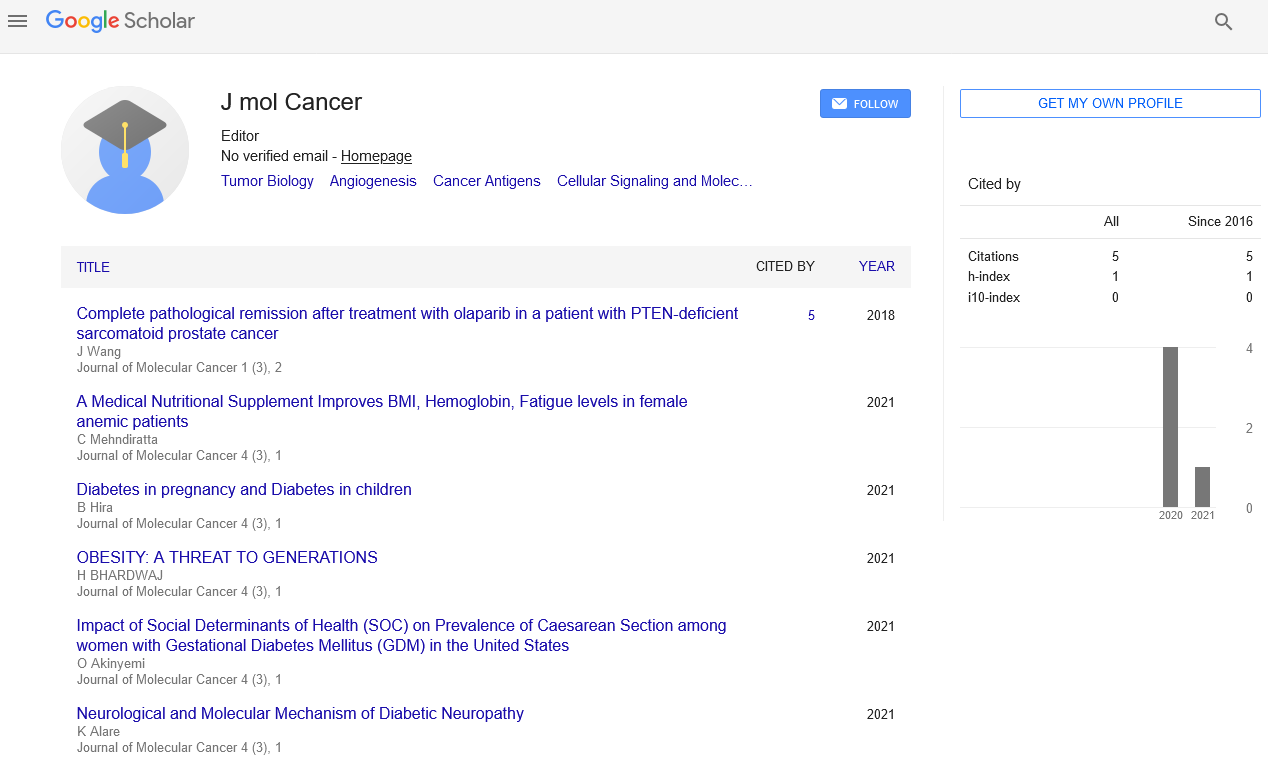To ensure the proper replication of cell additives and department
This open-access article is distributed under the terms of the Creative Commons Attribution Non-Commercial License (CC BY-NC) (http://creativecommons.org/licenses/by-nc/4.0/), which permits reuse, distribution and reproduction of the article, provided that the original work is properly cited and the reuse is restricted to noncommercial purposes. For commercial reuse, contact reprints@pulsus.com
Introduction
The cell cycle, or cellular-division cycle, is the collection of occasions that take place in a cellular that cause it to divide into two daughter cells [1]. These occasions include the duplication of its DNA (DNA replication) and a number of its organelles and eventually the partitioning of its cytoplasm and other components into daughter cells in a process known as cell department. In cells with nuclei (eukaryotes, i.e., animal, plant, fungal, and protest cells), the mobile cycle is divided into main levels: interphase and the mitotic (M) segment (such as mitosis and cytokinesis). At some stage in interphase, the cellular grows; collecting vitamins needed for mitosis, and replicates its DNA and a number of its organelles. All through the mitotic segment, the replicated chromosomes, organelles, and cytoplasm separate into new daughter cells [2]. To ensure the proper replication of cell additives and department, there are manage mechanisms called cellular cycle checkpoints after each of the key steps of the cycle that decide if the cellular can progress to the next section. In cells without nuclei (prokaryotes, i.e., microorganism and archaea), the cellular cycle is split into the B, C, and D durations. The B duration extends from the stop of mobile department to the beginning of DNA replication. DNA replication happens at some point of the C duration. The D length refers back to the level between the cease of DNA replication and the splitting of the bacterial mobile into daughter cells [3]. The cell-department cycle is a critical process by which a unmarried-celled fertilized egg develops right into a mature organism, as well as the method with the aid of which hair, pores and skin, blood cells, and some internal organs are regenerated and healed (with viable exception of nerves; see nerve damage).
References
- Griffith, Oliver W.; Wagner et al. The placenta as a model for understanding the origin and evolution of vertebrate organs. Nature Ecology & Evolution 2017; 1 (4): 0072.
- Wang JD, Levin PA. Metabolism, cell growth and the bacterial cell cycle. Nature Reviews. Microbiology 2009; 7 (11): 822–7.
- Smith JA, Martin L. Do cells cycle?. PNAS 1973; 70 (4): 1263–7.
- Wu RS, Bonner WM. Separation of basal histone synthesis from S-phase histone synthesis in dividing cells. Cell 1981; 27 (2 Pt 1): 321–30.
- Nelson DM, Ye X, Hall C, et al. Coupling of DNA synthesis and histone synthesis in S phase independent of cyclin/cdk2 activity. Molecular and Cellular Biology 2002; 22 (21): 7459–72.






